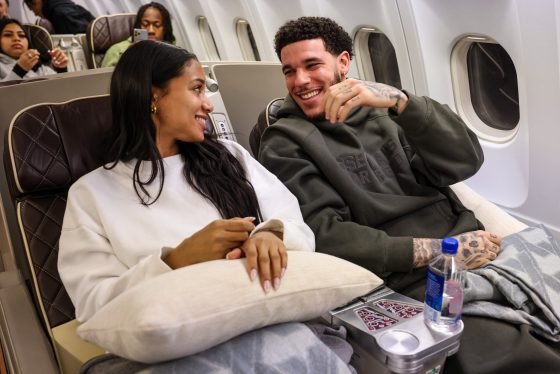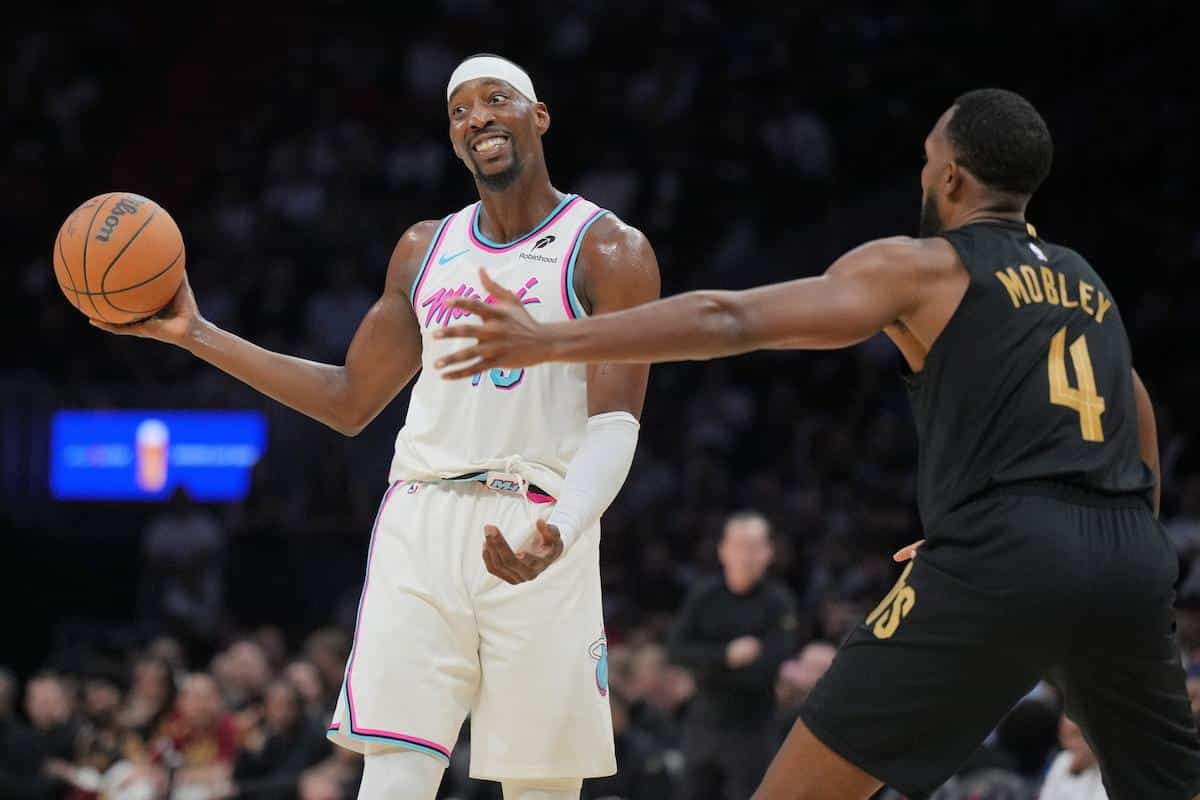In Brad Stevens’ basketball card catalog, there are three types of players: bigs, ball handlers, and wings. In the biggest move so far in his tenure as President of Basketball Operations, he traded for Kristaps Porzingis, completing a trio of plus big men with Al Horford and Robert Williams. That deal jettisoned Marcus Smart to Memphis and trimmed the guard rotation to another threesome of Derrick White, Malcolm Brogdon, and Payton Pritchard.
His hold cards, of course, are a pair of aces in Jayson Tatum and Jaylen Brown, but to keep them fresh for another deep playoff run next April, May, and June, they’ll need another wing to complete a solid nine-man rotation.
We debated this topic earlier in the summer and couldn’t come to a consensus. Since then, Stevens added Svi Mykhailiuk and further muddied the waters heading into training camp. The Celtics now list five players at 6’7: Hauser, Mykhailiuk, Oshae Brissett, Jordan Walsh, and Dalano Banton. That happens to be the ideal height for an NBA wing (see: Butler, Jimmy; Leonard, Kawhi; Middleton, Khris). Collectively, they make for a variety bucket of wings. An informal CelticsBlog Slack poll had Hauser as breaded plain, Walsh as ghost pepper, Mykhailiuk as lemon pepper, Brissett as Dinosaur BBQ (a Syracuse inside joke), and Banton as a misplaced pig-in-a-blanket (he’s a PG).
We know Hauser’s M.O. — he’s a shooter. Banton is more a slashy point guard with size. Brissett is your prototypical 3-and-D project. The rookie Walsh is raw with a college calling card as a ferocious defender. The recently signed Mykhailiuk is a “will shoot, will travel” journeyman scorer after spending five seasons on six teams.
None of them are necessarily a jack-of-all-trades. Thankfully, the Jays check all those boxes already. Situation will most likely dictate playing time, but for head coach Joe Mazzulla, he could choose a player to dictate the situation. Last season, five players averaged 11-17 minutes a game when called upon: Pritchard, Hauser, Mike Muscala, Blake Griffin, and Luke Kornet. The latter two big men spelled Horford and Williams, making shooting a perimeter priority off the bench.
If spreading the floor is the 9th man’s raison d’être, Hauser could be the obvious choice here. He’s starting his third season with the Celtics and has chemistry with his teammates. Tatum infamously said of Hauser during training camp last October, “he can shoot. Yo, Sam, you can shoot, bro!” He went cold during the winter months of December and January, but otherwise, he was a Hauser on fire from behind the arc, hitting nearly 42% of his threes last season.
He’ll have competition though. Myhailiuk arrives in Boston after hitting 42.4% between stints in New York and Charlotte last year. More impressively, Myhailiuk has more in his bag. Hauser did have a three-dunk game, but Svi’s ability to work off of screens and off the dribble could make him a more valuable asset with the second unit.
So the Celtics reportedly want to add 26-year-old Svi Mykhailiuk to the roster.
He averaged 10.6 PPG on 40.4% three-point shooting for the Hornets in 19 games last season. Looked somewhat like a poor man’s Klay Thompson.
If you think I am exaggerating, here are the highlights: pic.twitter.com/QUKBL4k7F7
— Tomek Kordylewski (@Timi_093) August 3, 2023
It makes sense to scatter shooters all around the floor with the offensive talent Boston boasts. However, Stevens clearly wanted to beef up the defense, too (or at least limit that burden on the stars with Smart gone). Enter stage left Walsh and Brissett. My favorite buzzwords after the draft and in Summer League were “violent defender.” That’s how Walsh’s former coach at Arkansas, Eric Musselman, described his style of play. He’s still just 19-years-old (where have we heard that phrase before?), but could fill a Tony Allen-sized hole in the rotation. Good role players fit in around the stars; great role players make it miserable for opposing stars.
The best of both worlds could be Brissett behind Brown and Tatum at the 3. In Brissett’s second and third seasons in the league with the Pacers, he averaged 24 minutes per game and shot 37% from behind the arc. Here are his shot charts from ‘20-’21 and ‘21-’22:
He’s not exactly a lights out shooter and was worse in smaller sizes (16.7 minutes per game, 31% 3FG% last season), but his shot profile projects as a player that knows his role: shoot when he’s open and attack closeouts. Defensively, again, he won’t lock anybody down, but he should be able to hold his own against second units for 4-minute runs to bridge the gaps.
All things considered, there’s also that intangible element that turns role players into fan favorites overnight. It’s hitting four straight threes to fuel a 20-7 run to get back into a sleepy mid-season slog. It’s that final defensive stop after you’ve played the entire fourth quarter because you just have it that night. Some players just have that magic in their bones. A rookie, two second draft projects, a journeyman, and a G-League success story will all get a chance to prove that they have it.







